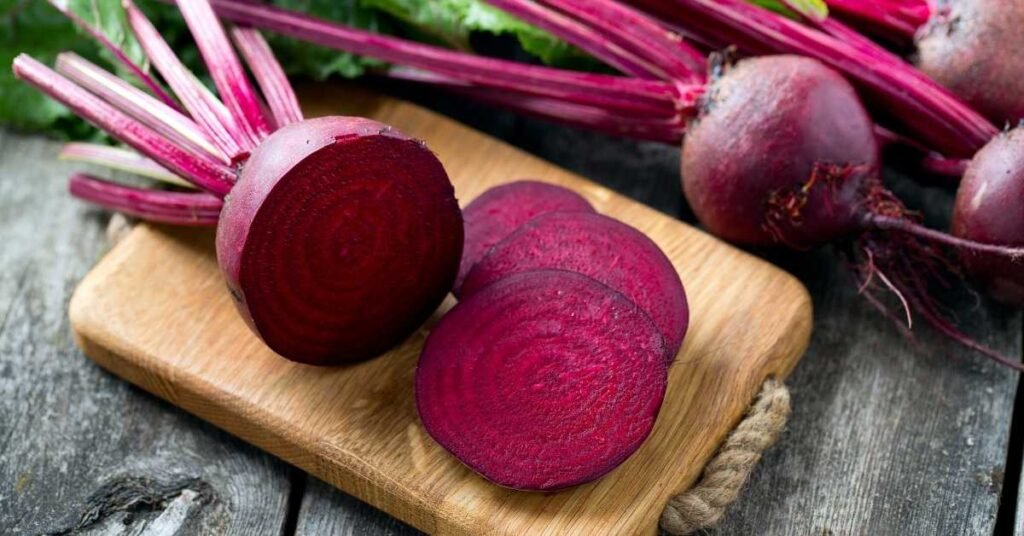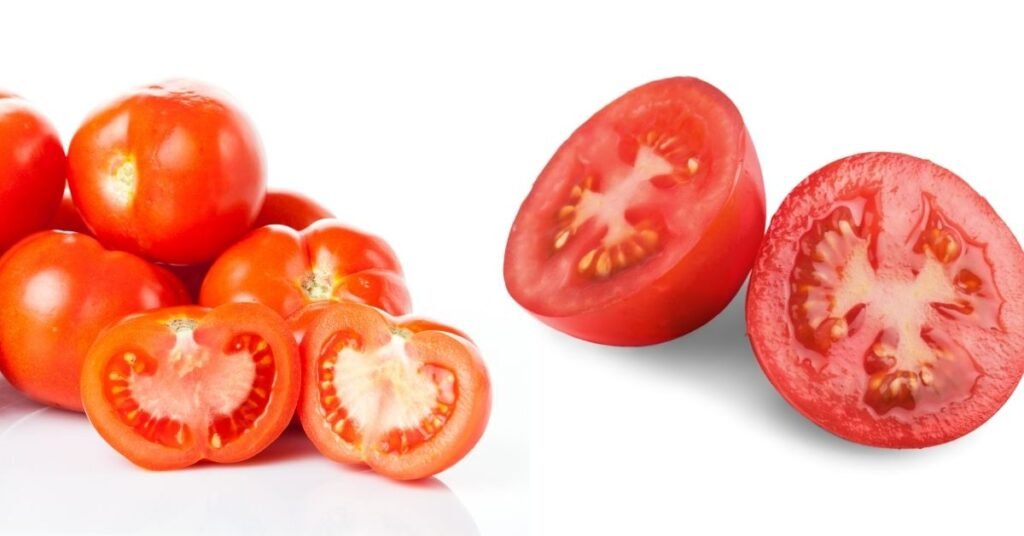
Want to think out of the box when it comes to design? And you don’t know where to start from?
I am sharing how you can look for inspiration, open your minds and be receptive to new ideas.
It all started when I started working in the kitchen especially cutting, chopping vegetables, and observed how nature used principles and elements of design in its creativity.
Humans look for inspiration to create a piece of art which made me realize our creation and anatomy i.e. we are nature’s work of art.

First, let’s understand what are principles and elements of design –
They are basically rules which a designer has to follow to make a product look effective, outstanding and attractive.
There are many such rules which are available, however, I have picked few of rules like balance, proportion, scale, rhythm, emphasis, shape and texture.
Principle and elements of design work together to make an object aesthetically pleasing and complete.
Nature believes in having balance and symmetry and that’s how it has created the universe of which we are part of along with the Botany that surrounds us.
So, today we will analyze how it is applicable with the help of a few vegetables, their design, and colors.
Cabbage

The balance is achieved by the thick bud and ribs which gradually taper towards the tips. The leaves which are swirled densely around the bud and then gradually spread sparsely adds depth as well as are in focus.
In terms of scale, the thick bud balances out with the size (outline) of the cabbage. The movement of the eye is due to the placement of leaves created by lines that are arranged by a combination of radiation and progression.
When we see the color, the tint is repeated, and in terms of undertone, the warmness is seen.
Chilli

The texture of the skin is shiny and so we see the radiance in the seed because of more tint maintaining the warm undertone even in the stem. The silhouette is broad at the base and tapering towards the tip and the same is repeated in the placement of the seeds too.
In terms of scale, the seeds are in sync with the chili. The dimension is maintained by the thinness of the skin and slender seeds. In terms of lines as well there is a combination of curved and geometric lines.
Beetroot

The first thing which grabs my attention is the beetroot color, the cool undertone. The fineness of the circular lines on the cover of the skin is repeated in the inside of the pod. The rough texture on the outside and inside of the pod is of low contrast.
The rhythm is achieved by the gradual increase in the size of the lines from the center to the outside (concentric circles). Harmony in terms of the roundness of the pod to the circular lines inside the pod.
Ivy Gourd

The unique lines on the skin of the Ivy Gourd, the placement and sequence of seeds are in a similar format. The dimension of the line and seeds are fine. In terms of scale, the size of the vegetable and the seed both are small.
The soft and smooth pulp is in sync with the skin which is glossy and smooth. The silhouette is tapering towards one end and rounded at the other similar form is repeated in the seeds.
Colour (Green) is in gradation form – starts from tint on one end and graduates to form a shade. A warm undertone of the vegetable is observed in the interior as well as the exterior.
Ladies’ Finger or Okra

Ladies’ Fingers or Okra is a pod vegetable. Matte texture which is seen on the cover of the vegetable is again repeated in the seeds within. Undertone which is warm is observed in the skin and seeds. Balance of straight and curved lines is repeated in the entire vegetables – vertical lines on the skin, seed lining, and the individual pod space division too.
We can see the geometrical outer shape formed by the edges is seven, so the number is repeated in the seeds and the cavity where seeds are placed with balance. The number seven gets the symmetrical-asymmetrical look to the vegetable which is gem-like.
Tomato

The glossy skin (texture) of the tomato is seen in the pulp (squishy, soft, liquidly). If we see the entire tomato, it is completely soft – skin, pulp, and seeds too. The circular silhouette of the vegetable is in sync with the seed silhouette.
The interior of the tomato though has 3 triangular shapes formed – 1st by the 3 lines which divide the entire inner circle in equal proportion (locular cavities), 2nd the seeds which are covered in gelatinous membrane are attached to fleshy tissue (placenta), and 3rd the fleshy tissue itself which is triangular in shape. So, we see how God has balanced out or maintained symmetry in his design.
When we compare the outside and the interior the six sepals (leaves) on the outer and repeated the number six in partitions created the interior. When we cut the tomato in half vertically it is balanced out symmetrically a seen in 1st image.
In terms of dimension, the thickness of the inner and outer skin is simultaneously seen in the placenta.
There you go! A scientific, aesthetic and fun way to understand the elements of design and colors with the help of vegetables.
Author
-

Shraddha Mahajan is an Internationally Certified Image Consultant from the Indian School of Image Management and International Image Institute | Class of June 2019 | She also operates as a Faculty and Sr. Program Advisor at the Indian School of Image Management. She has over 13 years of experience in Hospitality, Aviation and Customer Services.
View all posts





[…] Related Article: Nature’s Law of Designing – Understanding Olericulture and Elements of Design […]
Comments are closed.